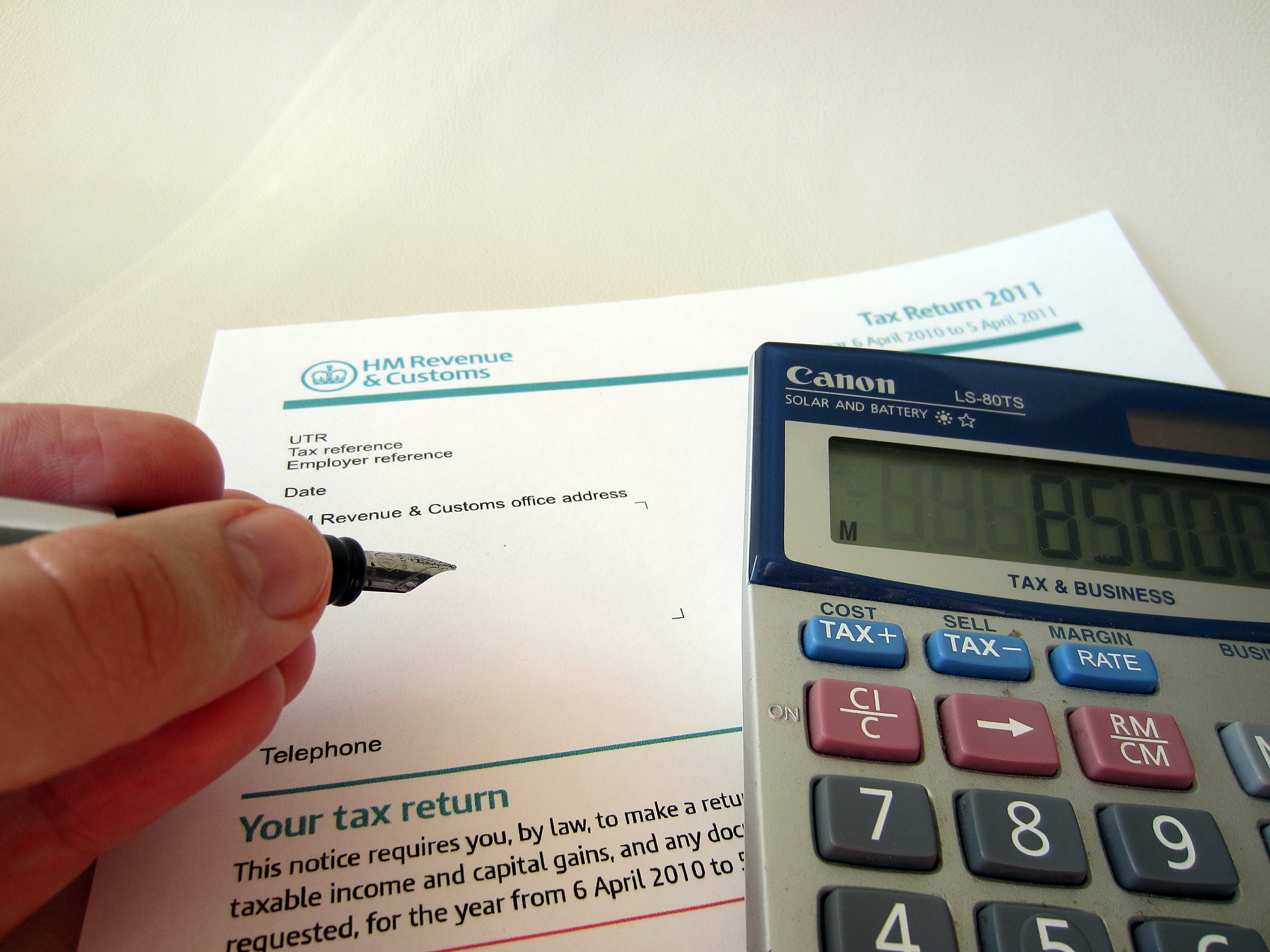
For those taxpayers that may have not filed their previous tax returns in a timely fashion, it may seem intimidating to go through the process of filing those delinquent returns. However, it is possible to take care of these returns and make it right with the IRS in just a few steps. Consult with your tax professional or accountant, such as MVW Services in Artesia, CA, who can assist you with the process of filing your back returns and answering any questions that you may have during the process. Below are the five steps that will need to be completed to file any back returns.
Step 1 – Find all the Tax Documents
You will need to go back through your records and gather all the information that pertains to that particular year, including W-2s and 1099s. In addition, you will also need to gather any information that pertains to any deductions or credits that may be due to you for that particular year. If you are missing any tax information that would have been submitted by a third party to the IRS, such as W-2s and 1099s, then you can have the option to get this information in step two.
Step 2 – Request Any Missing Documentation
If you are filing returns from within the last ten years, the IRS will have copies of the W-2s and 1099s that were reported to them by means of a third party. This could include any employers or those that you worked for as an independent contractor. You can request this information from the IRS by means of a Form 4506-T, which is known as a transcript of a tax return. This form is to only be used to request copies of W-2s, 1099s and even 1098s that provide support for your deductions.
While this will not provide you the original form, it will give you all the relevant information that you need to file your back tax returns. However, this is not a speedy process, as it can take the IRS up to 45 days to process your request and send the information to you. Additionally, if you make this request close to tax time of the current year, it may take considerably longer. Therefore, you will want to make this request early or at an off time of the year for the IRS.
Step 3 – Download the Previous Year’s Tax Forms
When filing your back tax returns, it is important that you use the forms associated with that particular year. The IRS website offers these forms for downloading, but you can also work with your tax preparer to get the proper forms to get that particular tax year filed accurately. Each tax year’s forms have slight adjustments based on tax laws for that particular year, including various deductions and credits, so this is particularly important to complete correctly for accurate processing of your tax return.
Step 4 – Prepare Your Back Returns
At this point, you will take your tax information and begin to complete the appropriate forms. If you have questions, you can consult with a tax preparer or tax professional, who can assist you in completing them properly and accessing how much you may owe to the IRS for those tax years. Additionally, it is important to be sure to use the instructions for that particular tax year, as the instructions change from year to year and if you use the wrong instructions, you may have to redo the return again and refile it.
Step 5 – Submit Your Back Returns to the IRS
Finally, you will want to determine where your back returns need to be sent and then submit them to the IRS. If you did not owe any taxes, then you will receive your return after the IRS processes your return.
However, if you determine that you owe back taxes from these returns, it is important to make a large payment when you file your return to make sure that reduce the amount of interest you owe to the IRS.
Unlike tax penalties, which stop accruing when the maximum is reached, interest can continue to build until the tax amount owed is paid off. So you need to be aware that you will receive a letter from the IRS after you file your back tax return, with the amount of additional penalties and interest that may still be owed.
MVW Services|
|
